Article category: Company News
Announcing our $30M Series B
Today, we’re excited to announce Descartes Labs $30M Series B round of financing led by March...
Article category: Company News
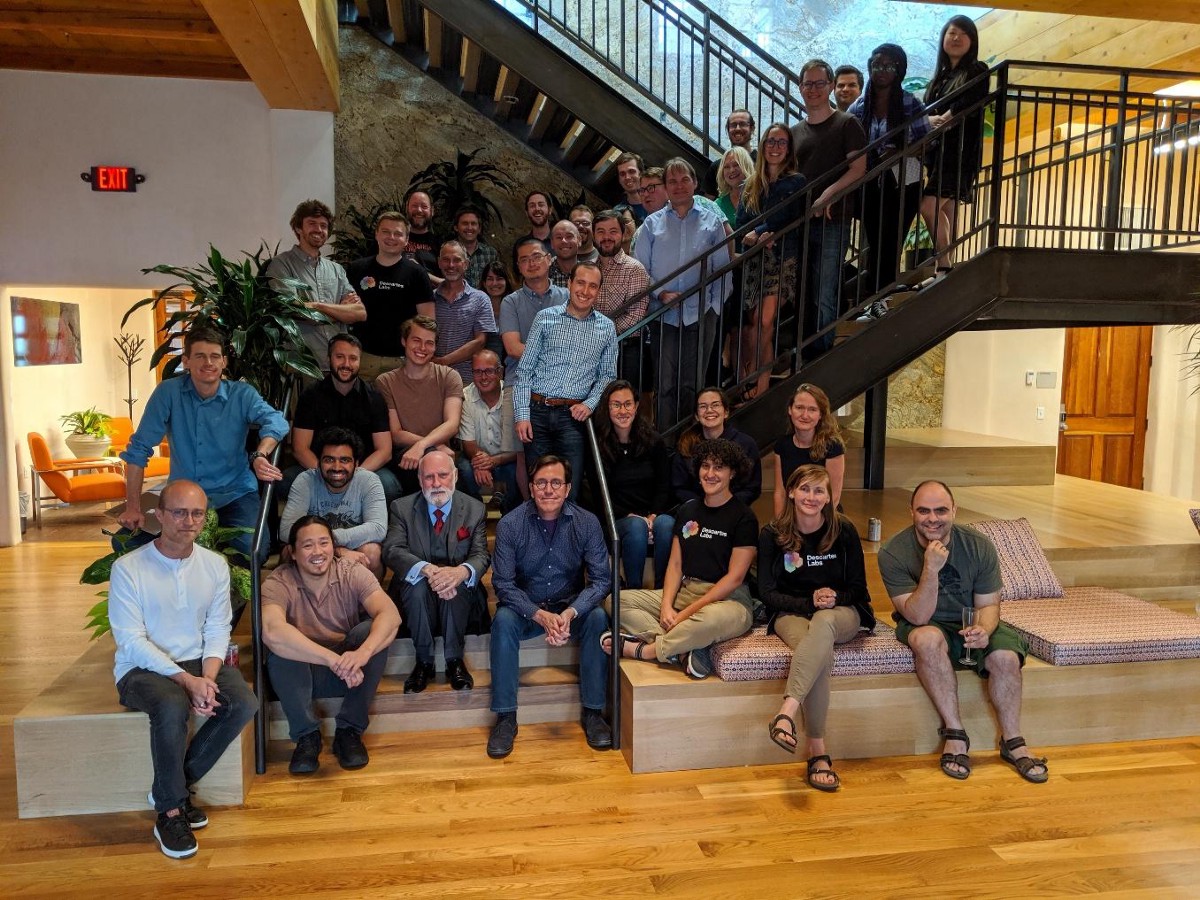
Santa Fe is a special place. Aside from its unique adobe-style architecture, one of the things that sets it apart from other cities is the diverse group of scientists, artists, and other thinkers it has attracted over the years. The people who make up our innovative community here in northern New Mexico have found a compelling work environment in many local institutions including the Santa Fe Institute, Los Alamos Labs, Creative Santa Fe, and, increasingly, Descartes Labs.
Walking into Descartes Labs as a San Franciscan, I immediately recognized it as one of the trendy office spaces I might have encountered in my old haunts, only teleported and injected into the adobe building we occupy in Santa Fe. It’s a great place to hang out; attractive, spacious and conducive to both collaborative and solitary work. We’ve hosted many leaders from the technology, science, and policy worlds here in an effort to brainstorm together about positive paths forward in terms of people and the planet. Those leaders include New Mexico Governor Michelle Lujan Grisham, U.S. Senators Martin Heinrich and Tom Udall, and former CTO of the National Geospatial-Intelligence Agency, Dr. Anthony Vinci.
One of the great enablers for the work we do at Descartes Labs is our Google Partnership. We develop on the Google Cloud Platform and we use GSuite for all our office automation and document management. Due to the groundbreaking nature of our data refinery workloads, we are often invited to give talks at Google Next. Our platform and AI-driven analytics continually push our customers towards innovation in their own businesses, and as we begin to explore uncharted territory with them, our use of the Google Cloud Platform continues to evolve. As a result, we benefit from Google’s curiosity and support, and we provide GCP’s product teams with plenty of input, as well.
One of the two fathers of the Internet, along with Bob Kahn, is Vint Cerf, who currently serves as VP and Chief Evangelist for the Internet at Google. Dr. Cerf had heard about Descartes Labs from his colleagues, and so, on a tour through the Southwest in August, he stopped by Santa Fe for a day to meet with our team.
Dr. Cerf’s visit to our office started with one of the employee lunches prepared by chef Leah Pokrasso that we enjoy every day together. Over lunch, the Descartes Labs leadership team briefed Dr. Cerf on both our mission and our customers.
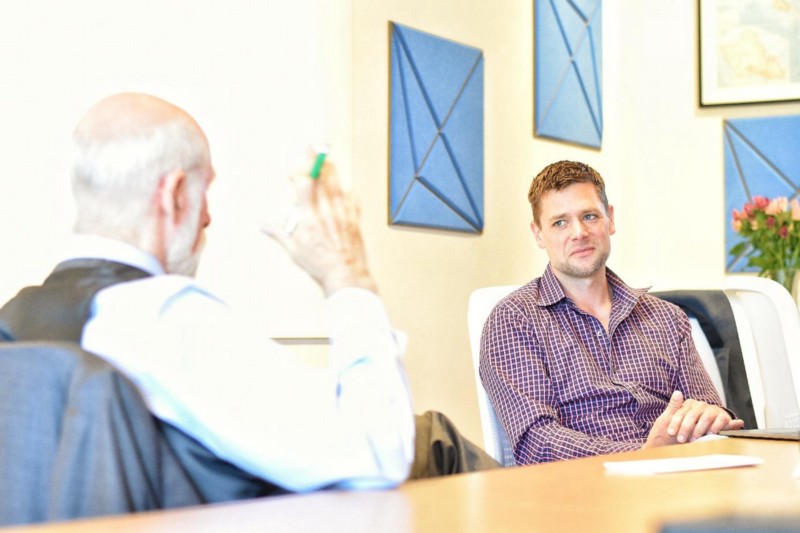
Our Head of Product, Fritz Schlereth, described how Descartes Labs has built a Data Refinery that ingests, processes, and stores petabytes of satellite, weather, and earth observation data. Descartes Labs is building a digital twin of the planet that supports predictive modeling at a global scale. As Schlereth explained, our customers provide a vital service: converting natural resources to consumer value. Descartes Labs can improve their economic efficiency and create a more sustainable future by equipping them with state-of-the-art in-data processing and AI. Dr. Cerf’s experience and intellectual insight are wide and deep, and his feedback made the conversation both inspirational and fun.
Dr. Cerf then took the floor of our open-space common area to a packed house and gave a talk in which he recounted the creation of the Internet, and discussed other areas of contemporary interest in technology.
Our employees were all ears and Dr. Cerf extended his post-presentation time an extra hour. They had a lot to talk about.

After our discussion, a smaller group of us headed to dinner at Santa Fe’s Rio Chama restaurant. On his web site, Dr. Cerf lists fine wine, gourmet cooking, and science fiction among his personal interests, so we were happy to introduce him to this local favorite known for its great food and extensive wine list. The next three hours flew by as we shared our interests in science, which included dark matter, particle physics, and weather forecasting. We also discussed global issues important to all of us, such as corporate responsibility and sustainability. And of course we talked technology, spanning the MEP2 protocol for MCI Mail that Dr. Cerf’s team created 25 years ago, TensorFlow, gradient boost versus Deep Learning approaches, and on and on. We ended up closing this restaurant with our discussion. (Our thanks to Rio Chama for allowing us to linger as long as we did.)
Walking Dr. Cerf and the Google team back to their hotels, past the adobe buildings of Santa Fe with the mountains looming over the horizon, it was easy for me to think, “That dinner conversation our team just had with the Google folks is why I entered this field, moved to this town, and joined Descartes Labs.”
Many thanks to our friends at Google for providing such great technology. Even deeper thanks to them for delivering it through a partnership that not only helps us do our best work, but also solidifies our collective mission to understand each other and the world, and to act on that understanding.
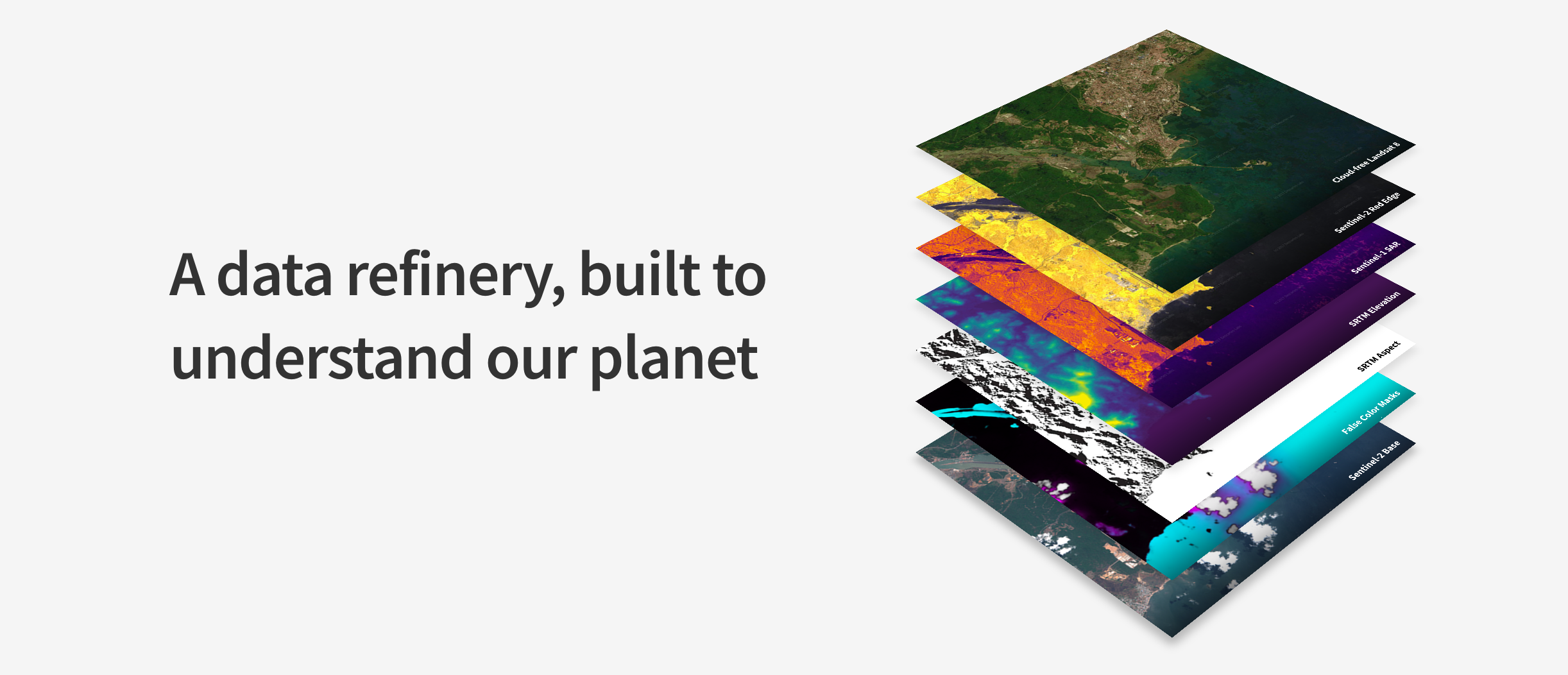
Article category: Company News
Today, we’re excited to announce Descartes Labs $30M Series B round of financing led by March...
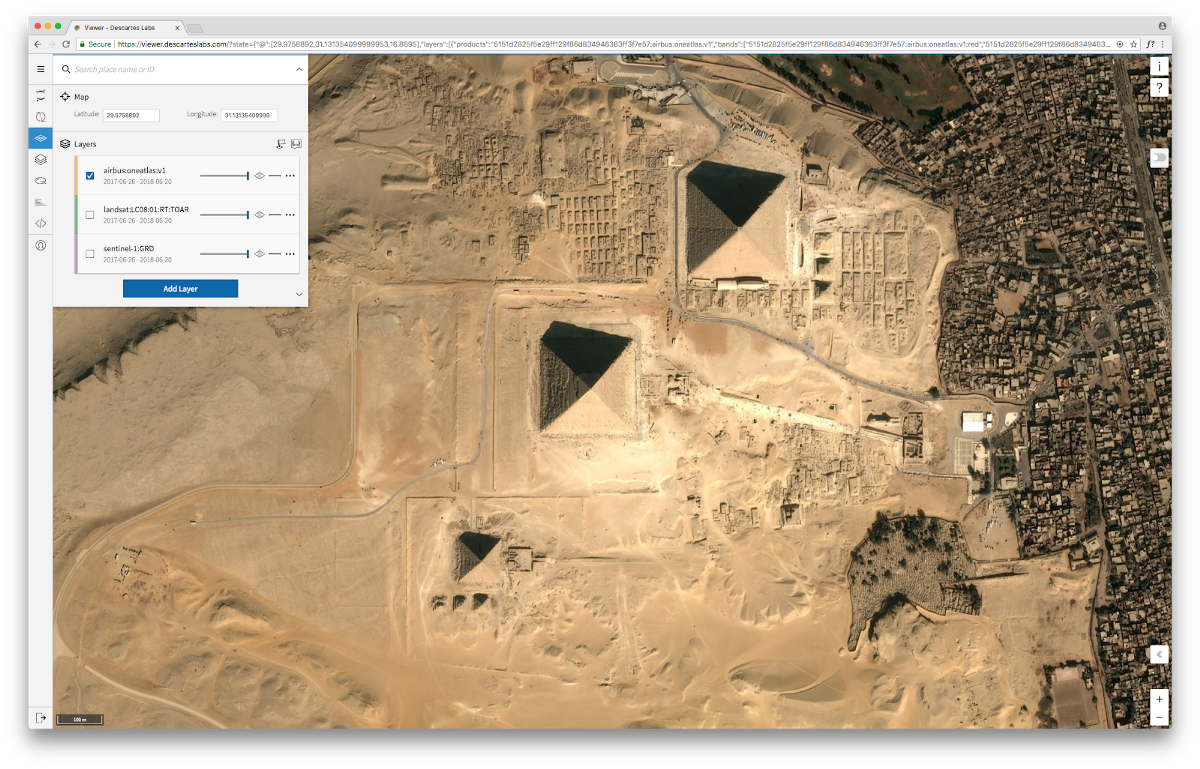
Article category: Science & Technology, Company News
About 15 months ago, Descartes Labs entered beta to gather feedback from customers on our progress...
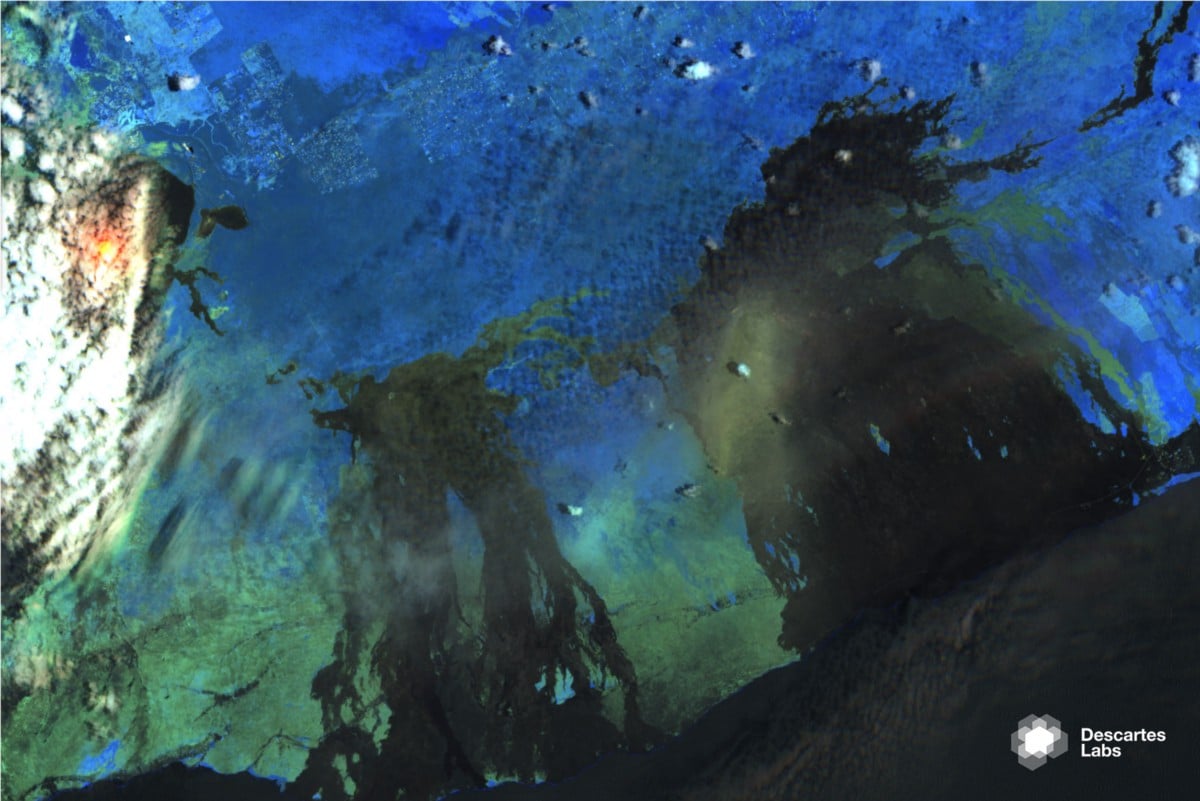
Article category: Science & Technology, Climate Solutions
Figure 1: An interferogram from a pair of collections made during descending passes. The fringes to...
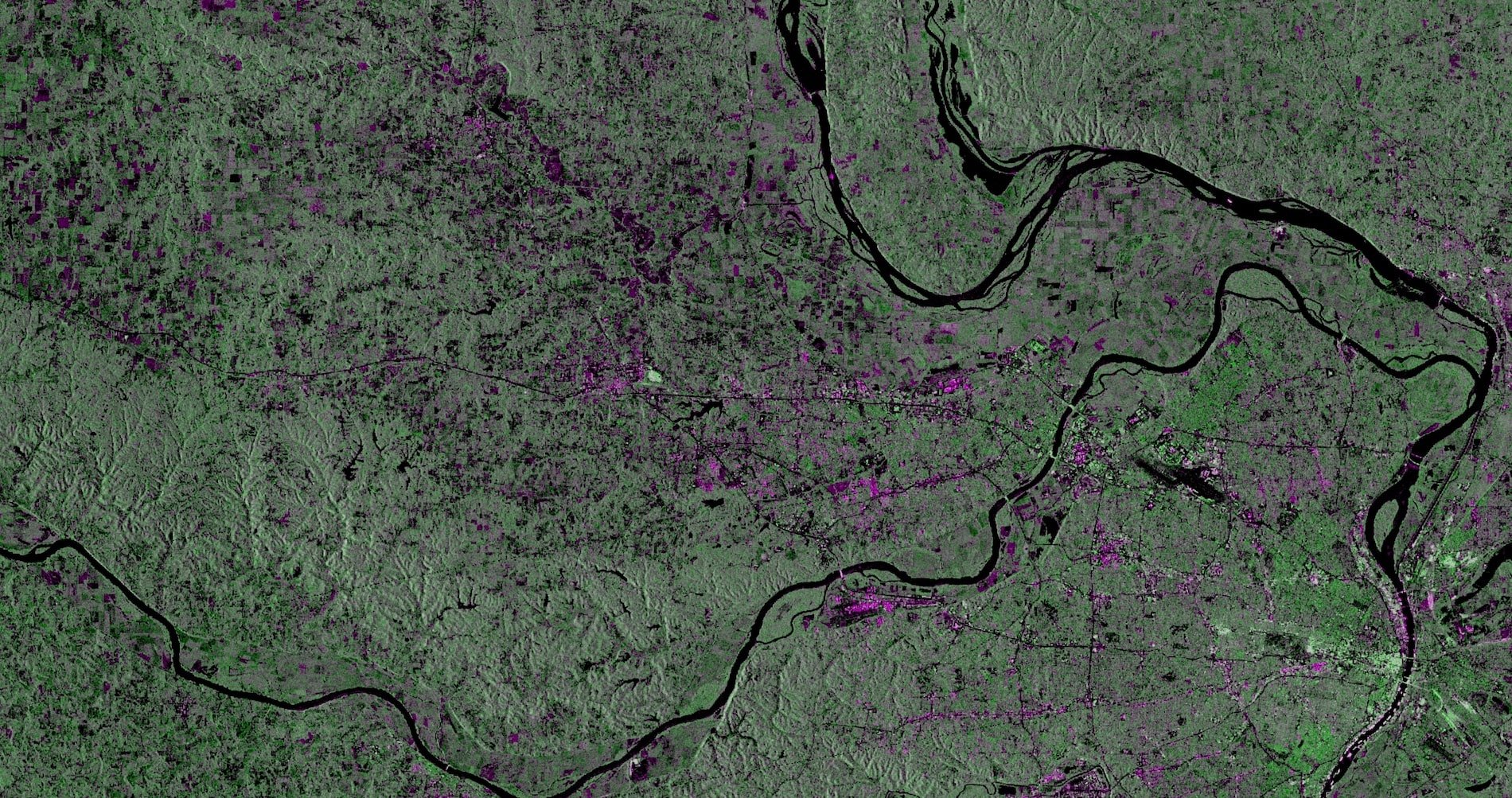
Article category: Consumer Goods
Learn how to use Sentinel-1 and data products within the Descartes Labs Platform for agricultural...